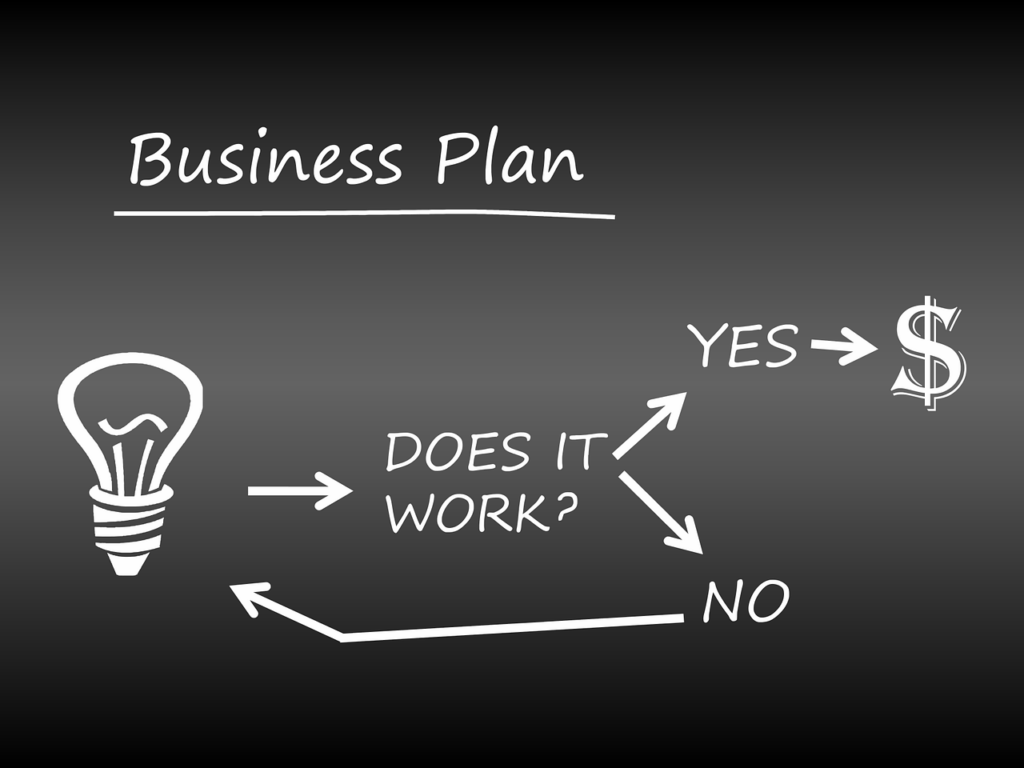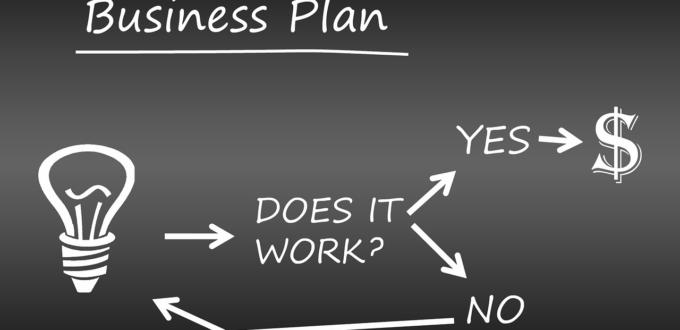
There are only four weeks left until Christmas and five weeks until the official end of 2021. Australians are already flexing their purchasing muscles in anticipation of the holiday period.
While many businesses expected the worst of COVID to have passed them in 2020, this year was equally challenging. Post-COVID growth is not going to happen if a business model is out of step with post-COVID reality.
The end of the year presents a perfect opportunity for business owners to check their assumptions about customers, marketing, costs, and competitors. Asking the questions below will help.
- What are you selling? Before you can sell anything, you need to understand what problem your product or service is solving. Michelin ads, for example, were not full of statistics about the quality of their tires but featured a baby holding on to a tire, with a tag line, “So much is riding on your tires.” Michelin was not just selling tires, they were selling peace of mind. What problem does your product/service solve? Has COVID made your solution something a customer really needs and “must have” or is it something that’s just “nice to have”? Once you’ve answered that question, decide what you need to do or need to change to make your solution a “must-have”.
- Who are your customers? Once you have identified the real problem you are solving, decide who wants it solved. How badly or quickly do they want it solved? Once you’ve determined who wants the problem solved, do some market research on that company, that industry, or the issues facing that government entity. Or if your customers are individuals, study their demographics, psychographics, and develop some personas of different types of customers. Make sure there are enough potential customers to make it worth your while to build a business to serve them. And if there aren’t, then either find a different and bigger market for your solution or focus on a different problem.
- How do customers hear about you?
Your marketing strategy needs to target customers who want “that problem” solved because they will be the ones most likely to buy. You may have been using direct marketing strategies, e.g., advertising, website, social media, sales, but in the post-COVID world, it may make sense to consider indirect marketing strategies, such as partners, resellers and systems integrators. - What is your cost structure?
Consider how your cost structure has been impacted by COVID-19. For instance, “just-in-time” delivery was once a way to reduce the carrying cost of inventory, but recent shortages of steel, timber and increased costs of transport now make stockpiling inventory more attractive. Maybe it’s time to bring some operations back in-house and to champion “Australian-made” products.
The “great resignation wave” is also rolling across America and there’s no reason to believe it won’t roll across Australia. Lockdowns and working from home has altered many people’s perspectives about what they want in life. If someone leaves, the cost of replacement is likely to be 120-150 per cent of their salary to replace them so factor that into the cost structure. It might make business sense to get ahead of the wave and provide an end-of-year bonus, salary increase, or more flexible working conditions.
- How are you different from your competitors?
Why do customers buy the product or service they need from you vs. a competitor? Is your point of difference price, speed, quality, access, customer service, or something else?
Ask your customers why they buy from you.
It could be that you have a different unique selling proposition than the one you’ve been selling. Are people buying shoes or using their purchases to support a belief system? e.g. “If I want to save the planet, I will buy Allbirds shoes because they tread lightly on Mother Earth.”
Consider reviewing your business policies – all part of the review! Speak with the specialists at Austbrokers Terrace.
Source: Inside Small Business











